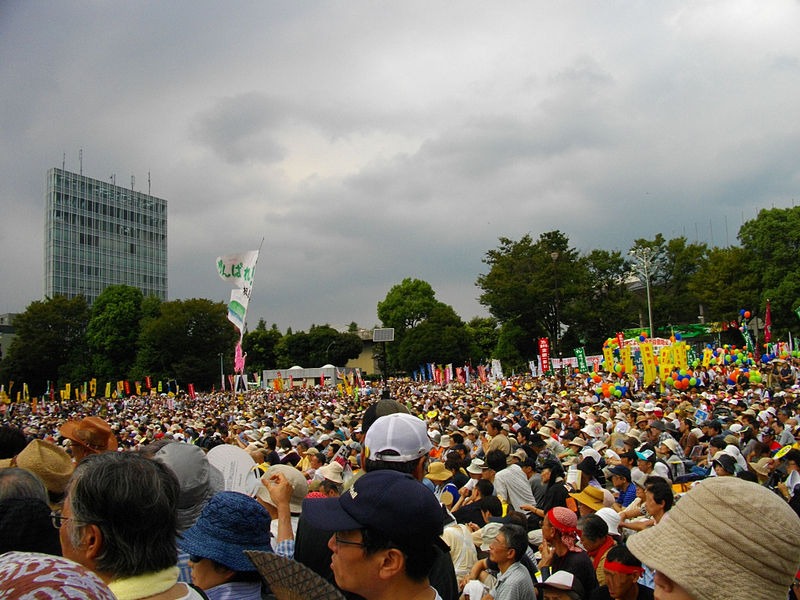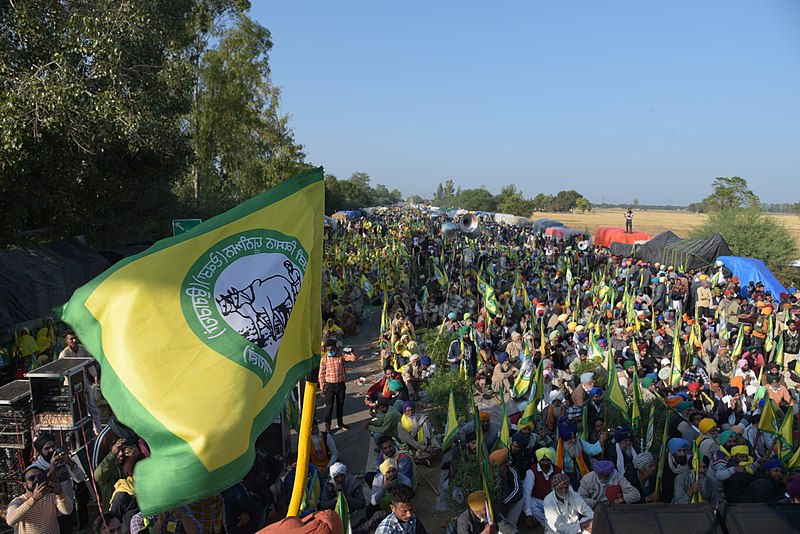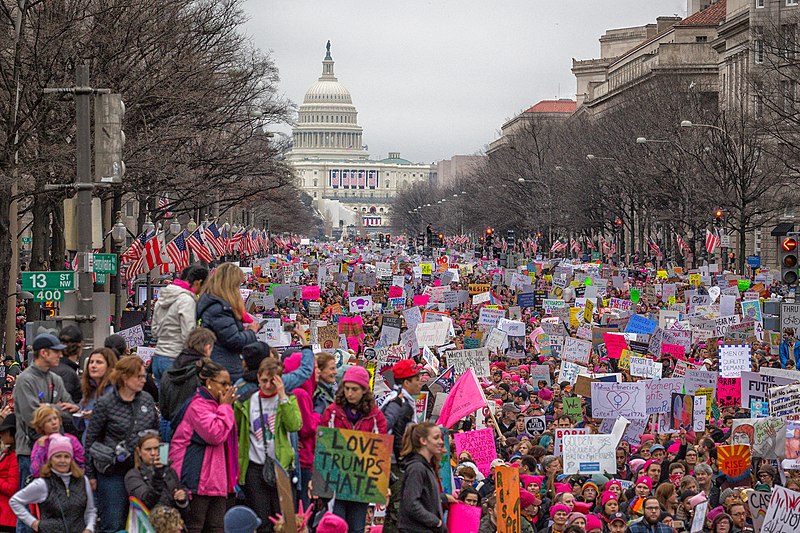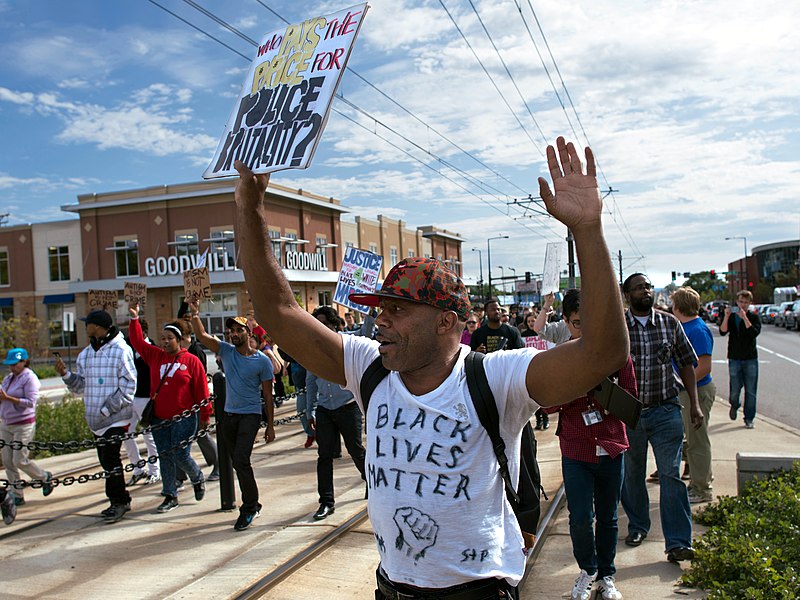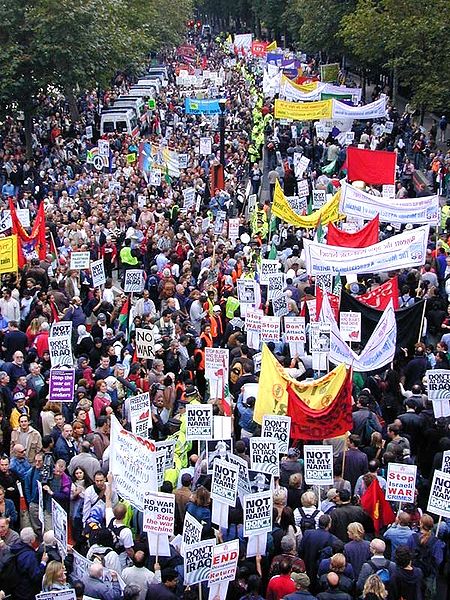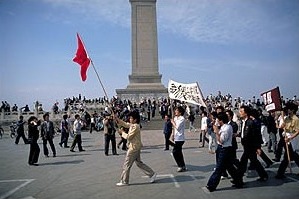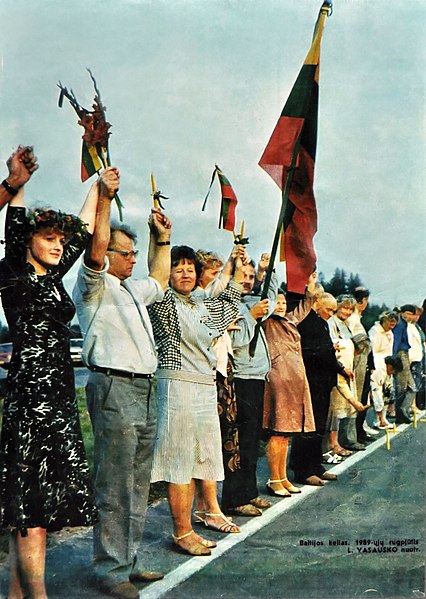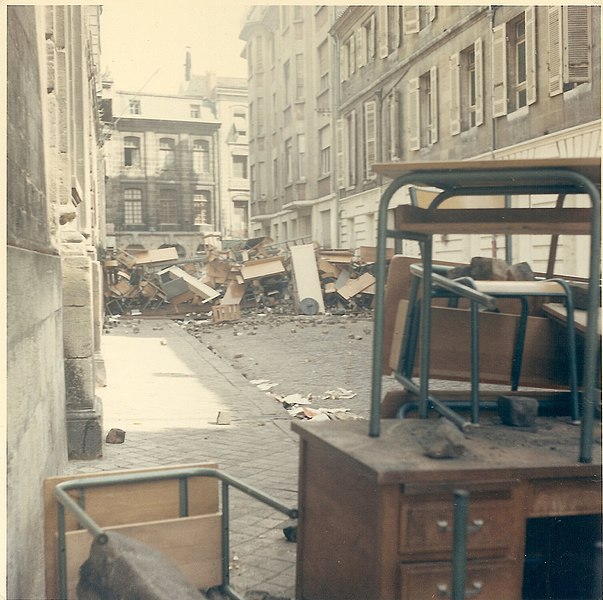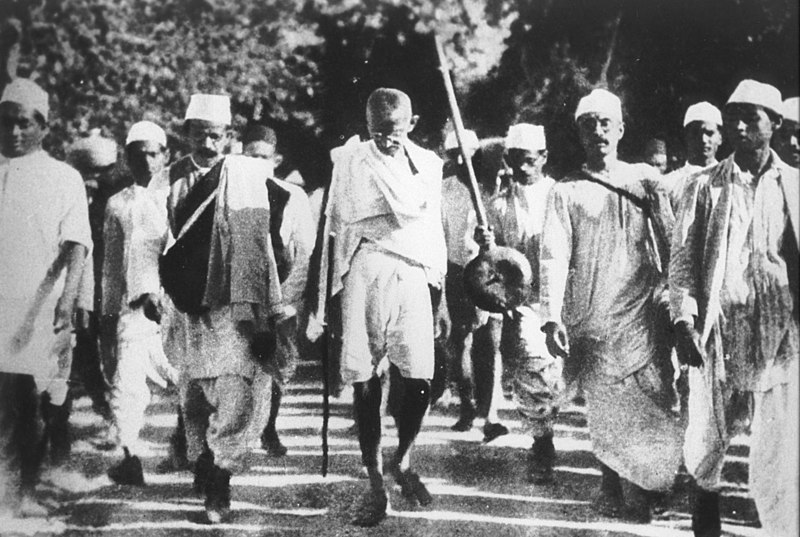Demonstrations and protests have been a defining aspect of human history, with people joining forces to demand change and make their voices heard. These demonstrations, which have ranged from anti-war marches to civil rights campaigns, have been essential in changing the course of history, upending existing structures, and promoting social, economic, and political rights. Millions of people have taken to the streets to voice their concerns and demand change as these protests have grown in size over time.
Understanding historical rallies and protests, like the Women’s March in 2017, which attracted an estimated 4.6 million people worldwide, can be done more effectively by visualizing crowd sizes.
Millions of people have gathered in cities and towns around the world for the biggest protests and demonstrations, which are frequently distinguished by their remarkable magnitude. Others have been motivated by enduring social and political challenges, while some were inspired by unique events like wars or natural disasters. Determining the exact number of protesters present might be difficult because estimates can vary greatly depending on the source. Despite this, these protests have had a big influence, and many of them have resulted in important social and political changes.
In this article, we will look at some of the biggest protests and demonstrations in history, analyzing their historical relevance and how they’ve influenced the way things are now.
Indian Farmers Protest (2020-2021)
Tens of thousands of Indian farmers who had been protesting against proposed changes to the regulations governing their crop decided to return home at the beginning of December 2021. It put a stop to protests that had seen about 250 million people take to the streets.
After 18 months of activity, the Narendra Modi administration was compelled to reverse course. The standards governing the sale, valuation, and storage of farm products would be loosened under the proposed legislation. Farmers claimed that it would put them at the mercy of large corporations. The potential impact was enormous given that agriculture employed around half the population.
In the provinces of Punjab and Haryana, farm laborers began to block roads and railroads in September 2020. The New York Times claimed that some farmers started setting fire to their fields while protest leaders went on hunger strikes. Then protesters marched to Delhi, where the government attempted to stop them. When the protest gained momentum, approximately 250 million workers joined a walkout in solidarity with the farmers in November 2020.
India’s Supreme Court suspended the laws in January 2021, but the demonstrators resisted making sacrifices. By this point, thousands of people camped all around Delhi, putting themselves at risk from Covid and temperature extremes.
The rules were changed by Modi in November 2021, and demonstrators withdrew a few weeks later. However, they have indicated that further negotiations with the government may result in their return to the streets.
Women’s March (2017)
Following Donald Trump’s victory in the 2016 presidential election, retired lawyer Teresa Shook posted a call to action on Facebook. This set off a series of events that resulted in the largest one-day protest in American history.
She posted on the private Hillary Clinton supporters’ forum Pantsuit Nation that “We Have to March”. Over 500,000 people in Washington, D.C., did this the day after Trump was elected.
Millions more people from all throughout the US joined them. Hundreds of thousands of people participated in “sister” marches on January 21, 2017, on other continents.
The demonstration started out as opposition to the new President’s politics and attitude toward women. Numerous protesters wore pink “pussy” hats, a reference to the language Donald Trump used in a conversation about women that were recorded.
It grew to include a variety of causes. The National Museum of American History currently has a sign that reads, “Immigrants make America great, women have equal rights, climate change is real, love is love.”
Even while the number of protestors never again reached that of 2017, the movement persisted in the years that followed.
George Floyd and Black Lives Matter (2020)
A single man’s murder during the coronavirus outbreak caused a worldwide revolution that spread quickly. George Floyd’s death in Minneapolis on May 25, 2020, sparked a wave of unrest that subsequently resulted in massive protests involving millions of people.
Derek Chauvin, a police officer, knelt on George Floyd’s neck for more than nine minutes while making an arrest. He was shown on tape pleading for assistance and claiming to be having trouble breathing. Thousands of demonstrators were lying on the ground in the streets of American cities within 48 hours of his passing, chanting “I can’t breathe”.
In 75 American towns and cities, protests had been held a week earlier. There was violence in some places, and over 4,000 people had been taken into custody. Donald Trump, the president of the U.S., claimed he was thinking about using force.
The Black Lives Matter organization helped to organize some of the protests. They also spread internationally as broader racial and racist issues sparked protests in many places. Although there were fewer protests by June 2020, they nevertheless went on.
Anti-Iraq War Protests (2003)
On February 15, 2003, protests against American plans were held in many places across the globe and Iraq will be attacked. Three million people participated in the protest in Rome alone. But the invasion of Iraq started a few weeks later.
For months, President Bush has contended that Iraq was breaking U.N. decisions on weapons of mass destruction. After he spoke at the U.N. in September 2002, protests against his invasion strategy erupted shortly after. A day of protest in February 2003 was suggested by the European Social Forum, a gathering of international social movements, towards the end of 2002.
The culmination of a massive coordination effort was global protests on February 15. Where Prime Minister Tony Blair supported the plans for the Iraq war, police in the U.K. believed that 750,000 people marched in London. More than 1.5 million people demonstrated in Madrid whereas only 80,000 people did so in Dublin. Around 100,000 people demonstrated in New York in front of the United Nations.
Most of the protests were nonviolent. They did not, however, significantly alter policy. On March 20, 2003, the invasion of Iraq got under way.
Tiananmen Square (1989)
The unknown man standing by himself in front of tanks at Tiananmen Square, China, became one of the 20th century’s most well-known icons of defiance. His single stand was the culmination of a popular demonstration that at one time attracted more than a million people to call for greater freedoms in the Communist nation.
Students had taken the initiative. Some of those who had traveled overseas started to push for reforms in the middle of the 1980s. The call became the main message of a sizable assembly in April 1989, held on the day of Hu Yaobang’s death. Hu Yaobang was a former top Communist official who had been excluded after pushing for change.
Protests with Tiananmen Square as their focal point lasted for six weeks after that. Martial law was implemented towards the end of May. Around 400 cities saw the protests expand. Up to a million people had gathered in Tiananmen Square, and some 300,000 troops were dispatched there. The troops entered on June 3, 1989, despite protesters’ best efforts to block them. Although the official death toll was estimated to be approximately 300, in the immediate aftermath, flyers went out stating that number was closer to 3,000.
The Communist Party’s control over the nation grew stronger. Even now, three decades later, China still censors mentions of the protests.
The Baltic Way (1989)
On the evening of August 23, 1989, a human chain spanning Estonia, Latvia, and Lithuania spanned more than 400 kilometers. The Baltic Way, as it was known, was meant to serve as a noticeable but nonviolent protest against the Communist governments that dominated the nations. Even though it only lasted a few hours, the impact was nearly immediate.
Although the idea’s origins have never been properly established, acceptance developed quickly through word of mouth. Populist movements against the Communist government had gotten stronger since the middle of the 1980s as Mikhail Gorbachev implemented reforms throughout the Soviet Union. These organizations had a key role in planning the call for action that occurred on the 50th anniversary of the secret Molotov-Ribbentrop Pact, which had divided control of eastern Europe between Germany and Russia.
On that night, a fifth of the people in the Baltic States are thought to have joined hands to form the symbolic chain. It grew to be the largest protest in Soviet Union history. The anti-Communist uprisings that swept through eastern Europe shortly after the declaration of invalidity of the wartime accord culminated in the down of the Berlin Wall months later. All three Baltic States became independent countries in less than two years.
People’s Protest (1986)
Ferdinand Marcos had ruled the Philippines for 20 years, the majority of which were spent under martial law, until he was overthrown by a People’s Protest made up of dissident military officers and millions of people.
Marcos was declared the victor of a presidential election he was compelled to call on February 7, 1986. It was instantly questioned how he managed to defeat Corazon Aquino, the widow of his deceased opponent Benigno Aquino. While some army officers were plotting a coup, the Catholic Church in the Philippines denounced the election. After Marcos detained the commanders, more soldiers started to turn against him. Cardinal Jaime Sin, a prominent Catholic priest, urged people to resolve the situation peacefully.
Millions of people flocked to Metro Manila’s EDSA street to support the military defectors. In a later interview with BBC Witness, author Jose Dalisay said, “The people came out and protected the rebel army, it was like a huge picnic.”
Tanks surrounded the capital, but the military’s backing for Marcos vanished. While families camped out to express their support, nuns distributed food and flowers to soldiers. The New York Times reports that on February 25, 1986, Aquino was sworn in as president and Marcos fled.
Earth Day (1970)
To mobilize calls for a better, more sustainable environment, Earth Day was first celebrated in the United States in 1970. Sen. Gaylord Nelson of the Democratic Party observed the effects of an oil spill and used previous anti-war demonstrations as a model for action.
The Library of Congress reports that on April 22, designated as Earth Day, more than 20 million people came to the streets of tens of thousands of locations around the United States. His idea of a day of demonstrations to emphasize the environment quickly took hold.
The first Earth Day was supported widely across the political spectrum, and so many lawmakers participated that Congress had to retire. The gas mask and a flower were chosen as the symbols, and there were large, largely peaceful marches.
The protests caused a nearly immediate change in the law, which resulted in laws protecting endangered species and ensuring clean air and water being passed before the end of the year. Since Earth Day was so well received, it has been held annually.
France in May (1968)
The demonstrations that stopped France in May 1968 proved to be a turning point for the nation. The objectives of the demonstration are ambiguous. Vinen writes in his book “The Long ’68” (Pelican, 2019) that for a few weeks, “the country seemed to hover on the edge of some kind of revolution, although no one knew what kind.”
Early in May 1968, the University of Paris’ Nanterre campus was shut down as a result of small-scale student demonstrations on a variety of topics, such as opposition to the Vietnam War and a restriction on couples sharing beds. When the protests reached the Sorbonne, riot police intervened.
A 40,000-person march on May 10 descended into chaos as demonstrators ripped up cobblestones and police sprayed tear gas. The public turned their compassion to the students.
Nationwide wildcat strikes were organized by unions. Around 10 million workers at one point participated in protests for a variety of reasons, from higher salaries to more liberalism. Before returning to deliver a radio address on May 30, President Charles de Gaulle momentarily left the nation. Some estimate that he has around a million admirers, and they marched through Paris.
Elections on June 23 cemented de Gaulle’s hold on power as the student demonstrations started to fade.
The Salt March (1930)
The Salt March, which eventually came to be known as Mohandas Gandhi’s protest, was actually a nonviolent disobedience effort intended to provide thousands of people the chance to rebel against British authority in India.
On March 12, 1930, Gandhi started a march from his Sabarmati Ashram home to Dandi, on the shore of the Arabian Sea, just a few weeks after he had been a member of a group announcing self rule in India. He had plans to arrive on April 6 and start making salt, which was forbidden to Indians living under British authority.
The British salt monopoly increased its revenue but had a significant negative impact on the underprivileged. Gandhi started his march with 78 other people, but the crowd quickly grew. By the time they arrived at Dandi, at least 50,000 people had gathered to watch Gandhi cook dirt in seawater to make salt. Although official statistics weren’t recorded, several estimates place the number of people joining the disobedience by producing salt far into the millions. His actions were imitated. By the end of April, 60,000 people had been detained at least. At that point, the government was violently putting an end to protests.
Gandhi was detained on May 5 in advance of a planned raid on a salt plant. His time in jail would last until January 1931. His campaign was then well-known around the world. The long path to independence started after his release when he was invited to negotiations with the British as an equal.
Conclusion
Millions of people from all around the world have come to countless marches and demonstrations throughout history, including those that are mentioned in this article. These incidents have shown the effectiveness of group efforts as well as people’s capacity to unite to demand change and make their voices heard on significant social and political concerns.
